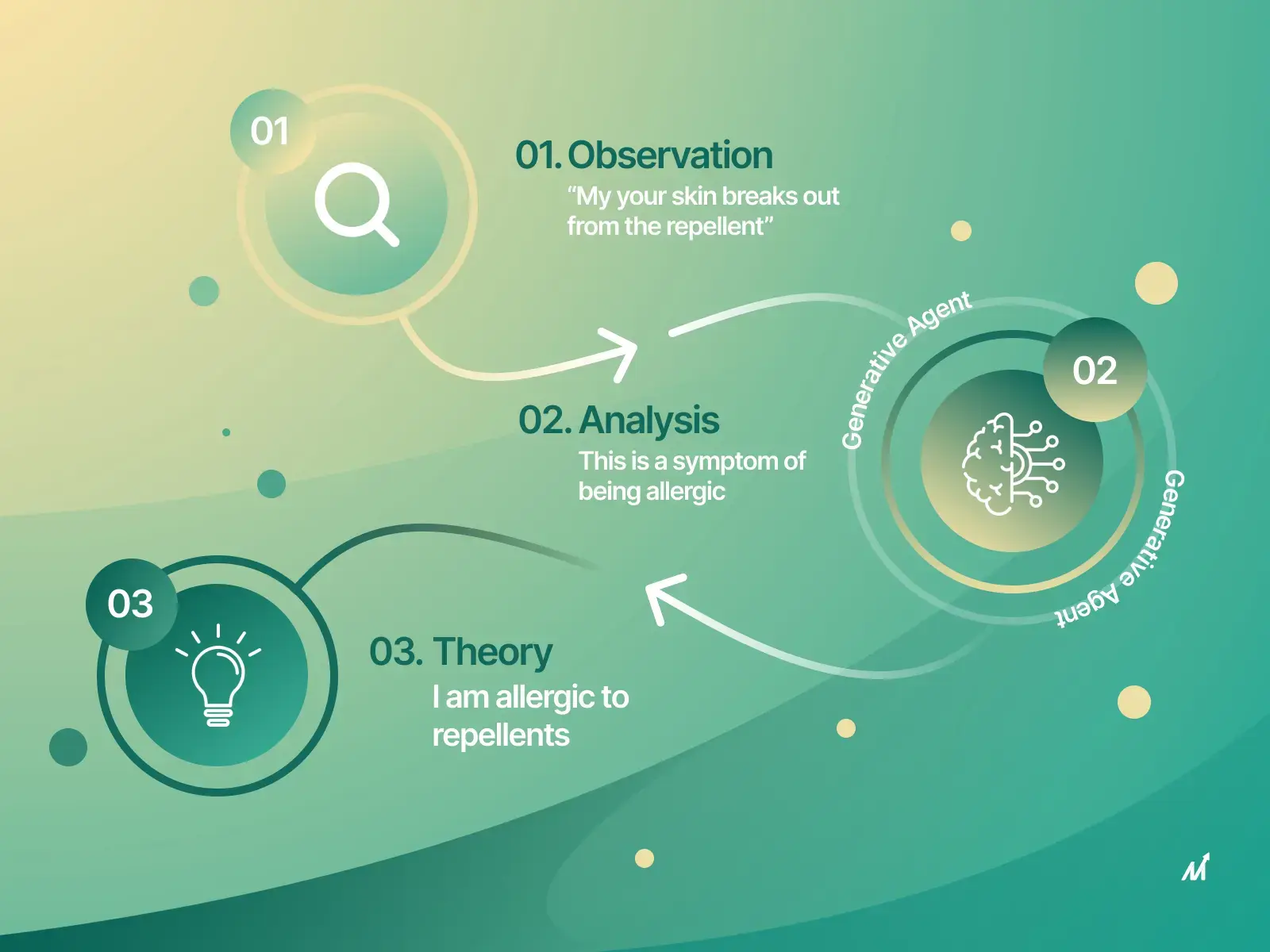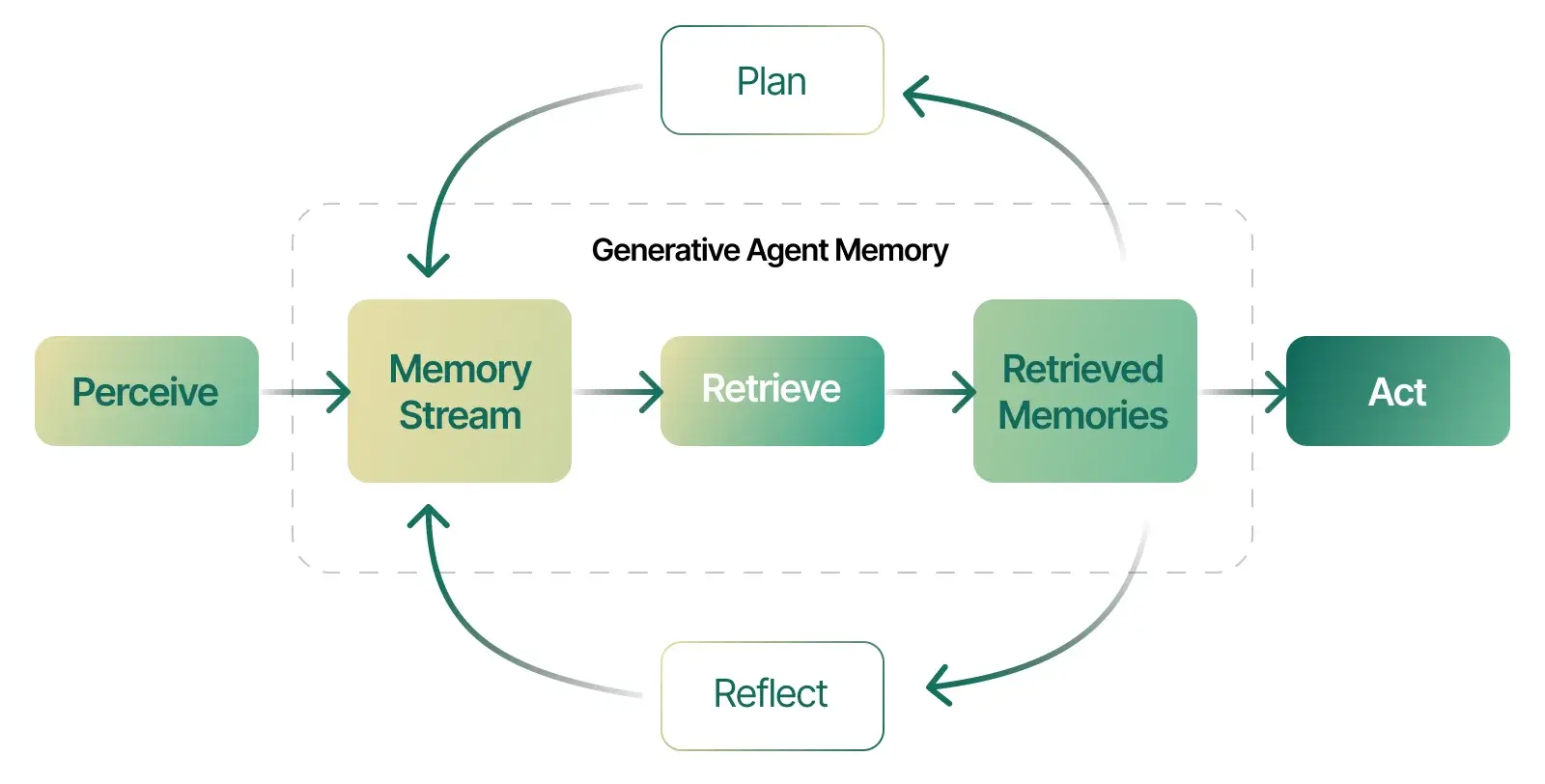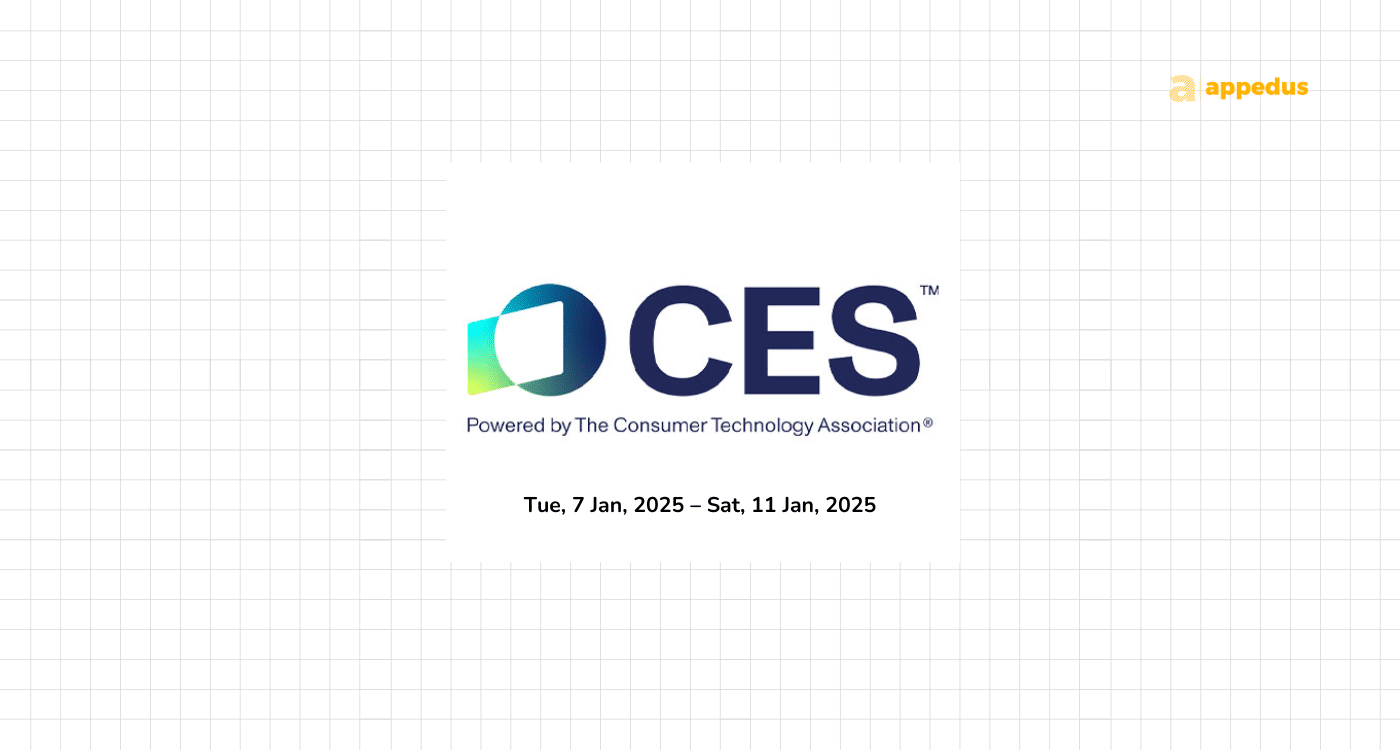All the revolutions of the last few centuries are one thing, but the recent advent of AI is quite another. AI has redefined the term automation by simplifying decision-making and work monitoring processes to help achieve overall optimization. Recently, intelligent agents have become very popular not only because of their autonomy but also because they are programmed to sense their environment and influence the results. This note reminds me of a wise man who said that Chat GPT is just the tip of the iceberg. Lately, AIs have improved from just monitoring systems to generating content as needed by the users. And this is possible with Generative AI agents.
What actually are Generative AI agents?
As the name hints, generative AI agents are the face of contemporary AI technology that is capable of interacting, creating, and generating content in various forms like text and audio as per the user’s needs. Because of programming, it is effortless for them to mimic human behavior.
Let us comprehend it with an example. Generative AI agents can make a simulated environment for a national defense candidate by acting as an opposing general helping the trainee to negotiate peace. What makes the AI agent work here is the human-like ability it has. The real-like environment here is created as a combination of programming and its leanings from past drills.
What makes these intelligent agents so special?
There are several AI agents, like rational agents in AI and utility-based agents in AI. However, bringing together the best features of AI and interactive simulation make generative AI agents unique and tailor-made for many users. In many cases, they encompass features of other intelligent agents as well.
Their ability to mimic human behavior can drastically make it easy on pockets of content creators while saving their time profoundly. Generative AI agents have problem-solving abilities and the potential to create content, making them attention grabbers and the long-awaited panacea. Here are a few special features worth noting:
- Identifying and prioritizing the tasks: In any taken instance, generative AI agents may often face multiple crucial processes and information. They manage to prioritize each of them based on their experience, programming or based on the relevance it feels.
- Creative abilities: The programming and its learning make it creative enough, thereby robust in providing audio, video or image based on minimal instructions.
- Ensures all possible AI features: Generative AI agents manage to encompass all the features of other intelligent agents. For instance, they could be able to choose the best among various alternative possibilities available, which is a crucial ability of utility-based agents in AI.
What are Generative AI agents capable of?
Undoubtedly, these intelligent agents are a transformative upheaval. They got the ability to change the perspective of how humans work. The capabilities of these agents are often far superior to collective belief. Here are a few areas of Generative AI applications that reflect their potential:
- Revolutionizing federal agencies: There are multiple areas which contemporary US federal agencies need to address. According to Accenture, these issues range from customer communication to active research. Generative AI agents can address all these issues.
- Producing video games: Creating different complex parts of the games has been turning possible with generative AI agents. In a recent interview with Bloomberg, Sony AI COO profoundly marked how the agents have helped create real-time competition in the environment while helping the players to learn the game as well.
- Virtual try-on clothes: In the era of online shopping, users have been gravitating towards click-and-buy habits. In this e-commerce dominated market, trying on clothing can be hassle. However, virtual try-on technology is seeing its boom powered by generative AI agents unlocking further innovations in the fashion industry.
- In drug labs: Firstly, studying, analyzing and generating molecular designs turns possible with generative AI agents. Secondly, it gets uncomplicated to analyze the quality of the drug as well as its packaging. This is possible by applying agents in the manufacturing process.
A brief on Generative AI Agent’s framework and procedures
The framework of generative AI agents is designed to not only accept commands and respond but also create a robust mechanism to take valid decisions at the right time. All of this knowledge is built over time from the external environment and past run-ins. It uses its memory and retrieval systems before the generative AI agent acts after perceiving.
Generative AI agents perceive the environment and take them to the memory stream, where they can store the data. Based on its knowledge, it fetches selected data (retrieved memories) which help determine the plan of action it would decide. Let us look into each part of the framework in detail:
- Perception: This refers to how the AI agent accepts the data from the surroundings. Perception influences the agent to store and prioritizes memories later, making it a first yet crucial stage.
- Memory Stream: This is the database where the agent stores and accesses all its data. All of the memories are organized for easy access and retrieval later. Generative AI agents use tools like timestamps and short descriptions to identify each memory gracefully. Not just the memories; this part of the framework may also have a note of the past decisions and conduct of the generative AI agent. What makes the AI agent smart is how it prioritizes these memories to retrieve them accordingly. For instance, recent memories with relevancy have the most weight.
- Retrieved Memories: Once the data in the memory stream are properly stored, the agent now looks into recouping relevant memories needed for action. As depicted previously, the criteria for retrieval include the following:
– How recent the data is,
– How relevant the data is, and
– How important memory is. - Reflection: After analyzing the retrieved memories, the AI agent engenders complex and super-standard implications/thoughts. These periodically generated conclusions and scores are stored back in the memory stream to access them for the future as well. On the other hand, reflection from the retrieved memories also lies crucial before the agent can act accordingly.
- Planning: It is the sense of action that the AI agent decides from the retrieved memories. They not only influence the current action but also are stored in the memory stream to maintain balance in future decisions as well. This step ensures that the agent is keen to pay attention to detail based on the data collected.
- Act/React: Action is the response that the agent gives after processing. Contrarily, Reaction is part of the agent’s view of the environment. After planning, it decided to either perceive more data or to react with existing records.
Some common types of AI agents
While there are no peculiar criteria that distinguish between various generative agents, here we look into some commonly used agents with their functions:
- Generative Adversarial Networks (GANs): They consist of a generator and discriminator. While the generator perceives new data, the discriminator appeals by distinguishing between the real and generated data.
- Variational Autoencoders (VAEs): These encode information in low latency conditions and then decode in normal spaces. This way, they handle data with latency easily and with accuracy.
- Recurrent Neural Networks (RNNs): These are based on perceiving and accepting sequential information. This implies that the previous information influences the present and future outputs.
- Evolutionary Algorithms: They deal with natural processes like natural selection, reproduction, and mutation.
- Rule-based systems: As the name depicts, they run over fixed rules and logic, making them the best fit for video games.
How good are these intelligent agents to employ?
Being a crucial chunk of contemporary evolution, intelligent agents are often unavoidable and an intrinsic part of today’s market with large data sets and complex operations. While their utility makes agents sometimes unavoidable, implementing them in the right place and time makes sense. While reliability may be questionable in some cases, it is crucial to comprehend that generative AI agents help businesses access better opportunities, making them necessary in the near future.
Frequently asked questions
Where can you use Generative AI agents?
Generative AI agents can have their place anywhere where people need real human-like stimulation and work. Accordingly, they have applications in almost all the niches ranging from healthcare and agriculture to finance and education.
Will intelligent agents replace humans?
When it comes to replacing humans, experts have mixed opinions. In a recent release by BBC, it is predicted that generative AI can replace up to 300 million people in the coming days. In this context, Torsten Bell commented it to mere predictions. Conversely, some recent studies show that the generative AI actually boosts productivity by at least 14% showing AI to be safe enough.
Contact Markovate if you need help with Generative AI development.
























Discussion about this post